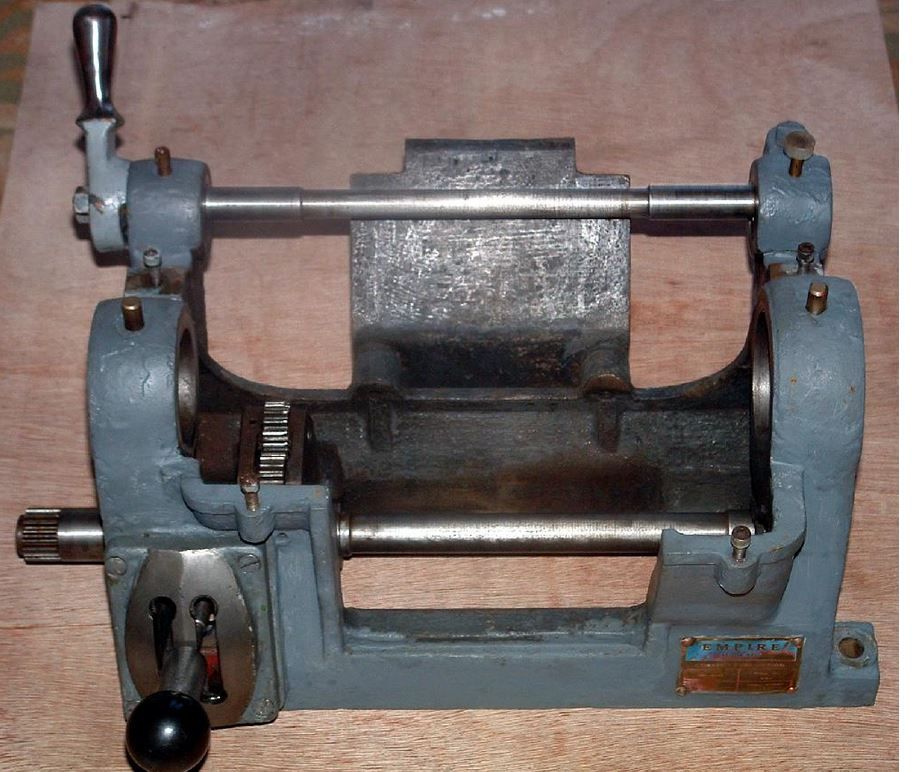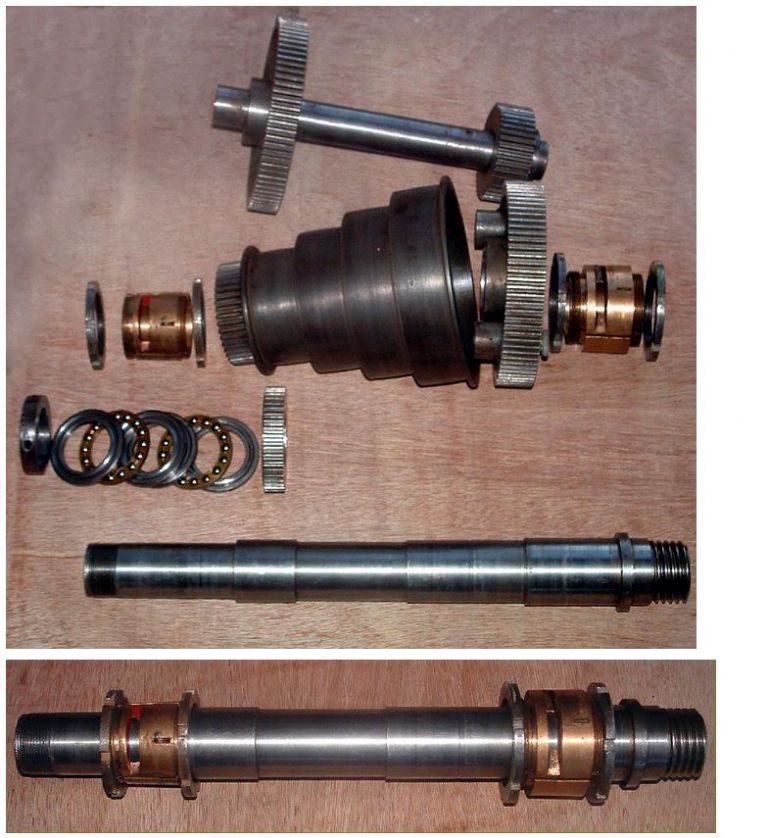Steel backed, (thinwall) bearings are very durable, when fed with a copious supply of clean oil.
The oil flow is important because it is there to cool the bearing, as well as to lubricate, so clearance is important.
Current materials used in engines tend to be Aluminium/Tin, or Aluminium/Silicon.
Thick wall (metalled in place) bearings mostly found in pre WW2 engines, lacking the support of the steel backing, tend to be less capable of withstanding high loads.
In either case, the surface finish of the journal is important. A bearing that will run for ages on a shaft with a 16 microinch Centre Line Average shaft will show signs of wear on 18 CLA and fail prematurely on 20 CLA.
Thinwall bearings are usually broached. A bored bearing has be VERY finely bored, (akin to, or better than the shaft). Under the pressures seen locally, a 0.00001" groove can produce failure in a heavily loaded bearing, since it acts a drain groove for the oil!
The limit is the product of rubbing speed and pressure. Hence a steadily rotating arrangement will stand a high load at low speed. Bearings for reciprocating engines are more heavily loaded because they have to withstand the loads involved in bringing the reciprocating masses to a halt, and then accelerating them in the opposite direction at the end of each stroke. Increasing the speed can turn a reliable engine in to a bearing wrecker, because the inertia loads relate to the square of the speed.
(A friend of mine with a Ruston HR1, and would be interested to find spares for the Injector, or a complete working unit).
Howard
Howard Lewis.






